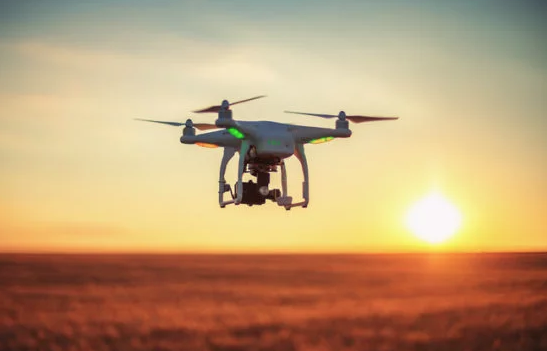The Unmanned Aircraft Safety Team (UAST) Drone Sightings Working Group has released a new report on the Federal Aviation Administration’s (FAA) 3,714 drone sightings reports collected by flight crews, air traffic controllers and citizens from November 2015 to March 2017. The report found that only a small percentage of drone reports pose a safety risk, while the vast majority are simply sightings.

In late 2016, the FAA tasked the UAST to review and analyze these drone sightings to draw conclusions and recommend safety improvements. A working group within the UAST was formed with representatives from the UAS industry, including those from the FAA, the Aircraft Owners and Pilots Association (AOPA), DJI and the Air Line Pilots Association (ALPA), as well as the Academy of Model Aeronautics (AMA) to review and analyze the sightings.
The UAST’s final report concluded that the vast majority of the drone sightings are of little to no risk. The multi-stakeholder working group also cautioned regulators and policymakers against drawing concrete conclusions from the data, given “a notable amount of inconsistencies and unknowns.” The findings and recommendations of the UAST are consistent with AMA’s prior analyses of the drone data dating back to September 2015.
“First, perhaps most significant, a relatively small percentage of analyzed sightings were categorized as being of risk,” the UAST wrote in its report. “There is general consensus that some of the sightings are potentially high risk and need to be mitigated, but the majority of sightings are not necessarily high risk.”
In addition, the report finds that the FAA’s drone data is “too inconsistent and not standardized” and that the data must “be considered within its appropriate context.”
“Stakeholders from across the manned and unmanned community have agreed that the drone data needs to be improved in order to have an accurate understanding of what’s happening in our skies,” said Chad Budreau, director of public relations and government affairs at AMA.
“There’s no doubt that some of the sightings are problematic – about three percent of the sightings included in the dataset caused manned aircraft to change course or take evasive action,” Budreau said. “That is three percent too many and needs to change. At the same time, we must remember that the vast majority of the drone sightings are just that – sightings.”
The UAST report also cautions regulators and policymakers against relying on the data to inform safety, regulatory or operational decisions.
“The current structure, inconsistency and unrefined nature of the sightings reports disproportionately exacerbate concerns about manned-unmanned interactions and do not provide industry or government with actionable data on which to base safety enhancements and regulatory or operational decision-making,” the UAST wrote.
“For years, we have called on the FAA to improve and standardize the drone sightings data, and we hope this new report will further encourage these changes,” said Budreau. “In the meantime, we will continue to work alongside the unmanned and manned aircraft community to educate the public about how to fly safely and responsibly. We have always believed that education is critical to keeping our skies safe.”
The full UAST report can be found here.









